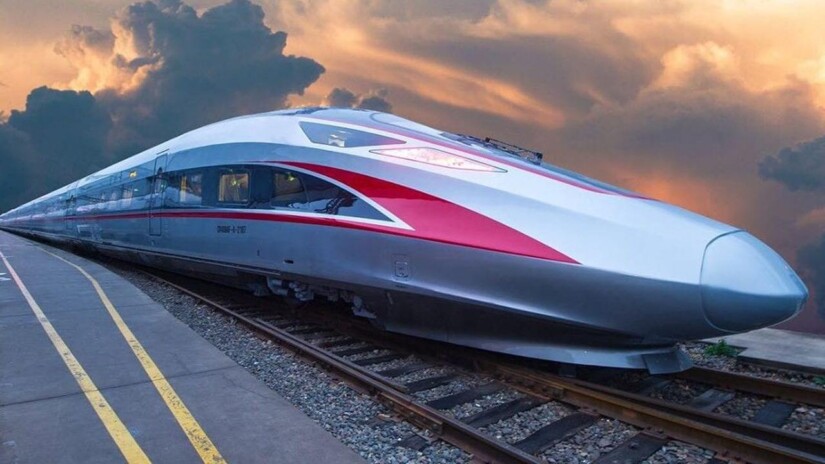
The government of Indonesia planned to construct an express railroad that is estimated to be completed in 2021. If this scheme is finished, the Jakarta-Bandung express train construction will be the primary mode of fast train transportation in Indonesia. However, beforehand, there should still be a safety-related review required because Indonesia’s railways’ condition is prone to an accident caused by derailment or slumping. Accordingly, the research on this overturning is very necessary.
The research team from the Master Program in Transportation Systems and Engineering, Universitas Gadjah Mada, consists of Rahmi Fajriati, S.T., M.Sc. (MSTT 2018), Prof Ir. Suryo Hapsoro Tri Utomo, Ph.D., Dr. Eng. Imam Muthohar, S.T., M.T., and Ir. Latif Budi Suparma, M.Sc., Ph. D. conveyed the research results on Derailment Risk Analysis on Express Trains in Jakarta-Bandung. “I am personally interested in researching this topic because it is still uncommon in Indonesia. There have been no technical standards yet, as we know that the express rail construction currently being implemented will be the first high-speed train in Indonesia. Thus, there should be a safety review,” Rahmi told reporters on Tuesday (3/11).
She said that the construction of the Jakarta-Bandung express train in Indonesia was profitable due to a consortium of Indonesia and China. In this activity, China plays a lot of roles, especially in the development process, including the determination of its technical standards. Hence, Indonesia used the technical standards of China’s express train to determine safe trains from the danger of derailment.
Rahmi revealed that this express train could go up to 350 km/hour. It will be very dangerous for passengers’ safety if it does not consider safety factors, both external and internal.
“One of the internal factors is a bump. The factors that influence a bump is the geometry of the railroad track and the characteristics of the train itself,” Rahmi explained.
She added that the Jakarta-Bandung express train planning uses the CR400AF Fuxing Train type train imported directly from China. This train has been adjusted to high-speed train standards and following the railroad tracks’ characteristics so that the safety level is quite effective. “China has a standard derailment coefficient of 0.8, the results of this research showed a more diminutive number of speed than that standard, which means that the express train is safe from derailment risks,” she said.
According to her, trains and railways are considered inseparable components, so no indicator has a significant influence. Everything is interrelated and affects each other. These indicators include geometry in the form of the horizontal radius of the curve, superelevation, rail width used, flange angle used, friction coefficient (rail line), while on trains, namely train height, axle load, and distance to the center of gravity of the train.
The team research process took approximately six months, supported by P.T. Wijaya Karya, Tbk. Rahmi also explained that to obtain secondary data, this research was conducted as a condition for obtaining a master’s degree in the Master of Transportation Systems and Engineering study program. However, due to this topic’s interest and uncommonness, it was finally included in presenting research results at the Symposium XXIII Forum on Transportation Studies between Higher Education (FSTPT) 2020. This event was organized by the Sumatra Institute of Technology on October 2 and got an award as the first rank for Best Paper in the Master Student category.
Author: Gusti Grehenson
Photo: Documentation of P.T.KCIC
Translator: Natasa A


